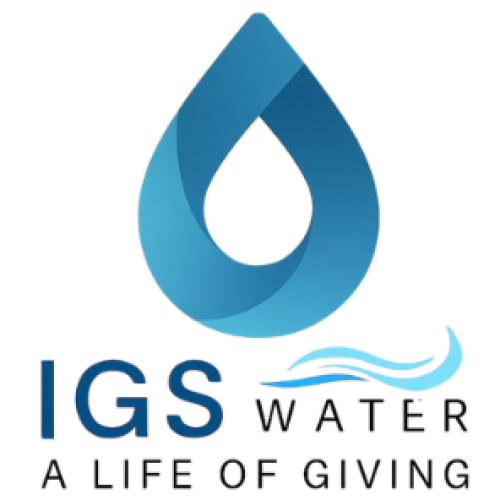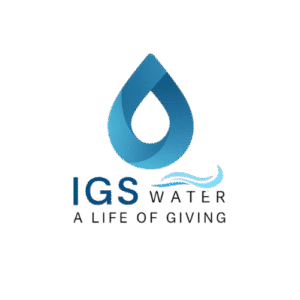In today’s fast-paced and environmentally conscious world, water treatment technologies are advancing to meet the growing demand for cleaner, safer, and more sustainable water systems. Among the most innovative solutions making waves in the industry is the Nanobubble Generator—a remarkable piece of technology designed to transform how we purify, treat, and enhance water quality across various applications.
Nanobubbles are extremely tiny gas bubbles, invisible to the naked eye, that measure less than 200 nanometers in diameter. What makes them extraordinary is their ability to remain suspended in water for long periods without rising to the surface and bursting. This stability allows them to continuously release oxygen or other gases into the water, leading to a dramatic increase in dissolved oxygen (DO) levels. Because they are so small, nanobubbles can penetrate deep into the water, reach every corner of the system, and create a more balanced aquatic environment.
The Nanobubble Generator functions by introducing gas—such as air or pure oxygen—into water through high shear forces and special mixing technology. This process generates billions of nanobubbles that carry a strong negative surface charge, preventing them from combining or collapsing. As these bubbles gradually dissolve, they infuse oxygen evenly throughout the water, improving oxygen distribution both vertically and horizontally. With air, this system can increase dissolved oxygen levels beyond 13 mg/L, and with pure oxygen, the concentration can soar past 40 mg/L.
Such high oxygen levels play a crucial role in enhancing water quality and biological activity. In aquaculture, for example, nanobubbles help fish and shrimp thrive by providing a constant oxygen supply while reducing harmful gases like ammonia and hydrogen sulfide. In wastewater treatment, they promote aerobic bacterial growth, accelerating the breakdown of organic pollutants and minimizing foul odors. For agricultural irrigation, nanobubble-enriched water supports plant health by improving root oxygenation and soil quality, leading to more vigorous growth and higher yields.
Another key advantage of the Nanobubble Generator is its energy efficiency and low maintenance design. Traditional aeration systems often require high power and frequent cleaning due to clogging or scaling. In contrast, the nanobubble system consumes up to 70% less energy while maintaining consistent performance. It features a simple configuration—a pump and generator that can be integrated with existing water systems—making it user-friendly, reliable, and easy to install. Its non-clogging structure allows it to handle even high-solid water conditions, with suspended solids reaching over 20,000 mg/L.
What makes this technology even more appealing is that it achieves powerful water treatment results without relying on chemicals or external microorganisms. Instead, it enhances natural purification processes by creating an oxygen-rich environment that supports beneficial bacteria while suppressing pathogens. This means cleaner water, reduced odor, and lower environmental impact—all achieved naturally.
The applications of nanobubble technology are vast and versatile. It is widely used in aquaculture farms, wastewater treatment facilities, rivers and lake restoration projects, industrial water processing, and even swimming pools and spas. In every setting, the benefits are clear—improved water clarity, increased oxygen levels, better biological activity, and reduced maintenance costs.
As the global focus continues to shift toward sustainable and eco-friendly solutions, the Nanobubble Generator represents a perfect balance between innovation and nature. It not only improves water quality but also promotes long-term environmental health by reducing energy use, cutting chemical dependence, and supporting natural ecological balance.
In essence, the Nanobubble Generator is more than just a piece of equipment—it’s a transformative technology redefining the future of water treatment. By unlocking the potential of nanobubbles, it provides industries, communities, and ecosystems with a cleaner, greener, and more efficient way to manage water resources.
The future of water innovation is here—and it’s powered by the science of nanobubbles.

